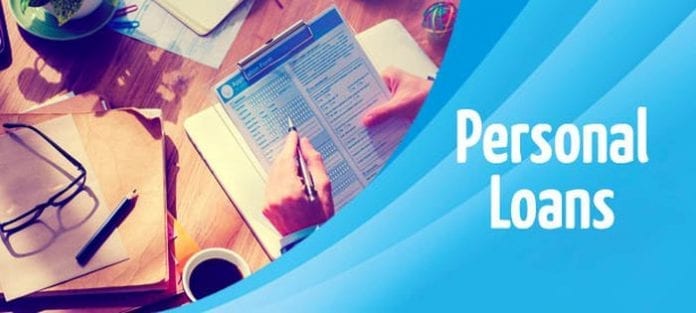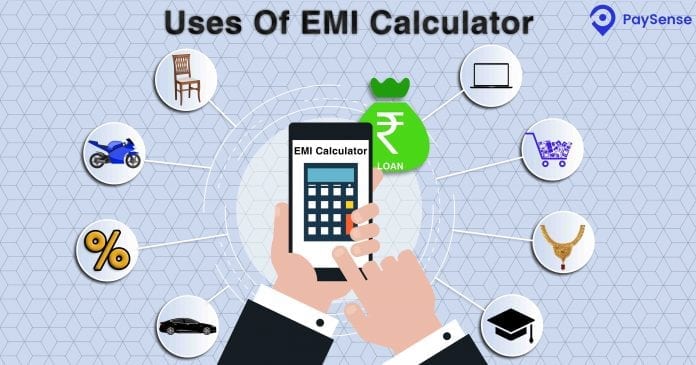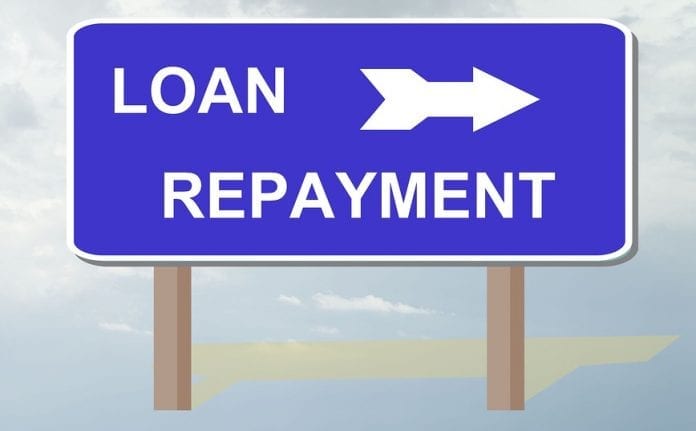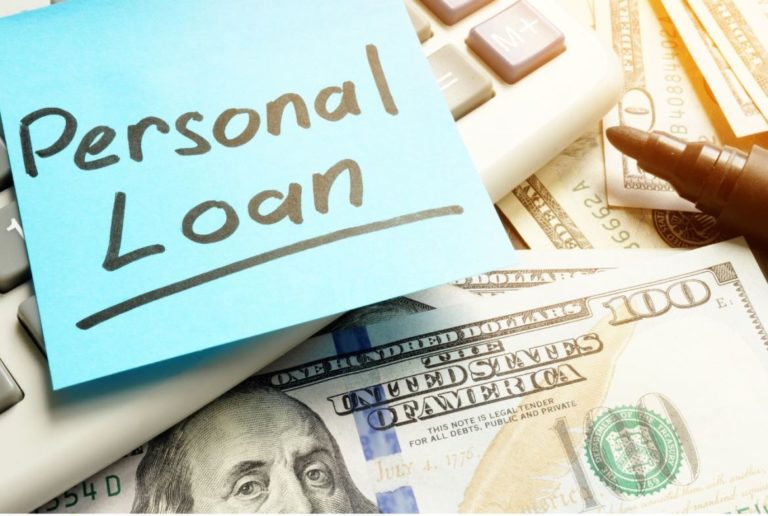Getting a Personal loan has been one of the most popular and easily availed loans unlike a car or home loan. Since there are no restrictions on how to use funds obtained from a personal loan and no limitations when it comes to the usage of the fund, personal loans have become so demanding in the past few years.
The amount obtained from these personal loans can be used for any purpose that fits in the range.
Another reason for the popularity of personal loans is their distinct features, i.e. they are unsecured loans. Here, the borrower need not provide any collateral or security to the lender to avail of the loan. Adding to this, the process of availing a personal loan is seamless and quick owing to the less requirement of the documentation as compared to other investments such as home loans, car loans, etc.

Getting a personal loan has now been more comfortable than ever before, owing to the above reasons.
However, certain borrowers find themselves in dire straits when it comes to repaying the loan.
The following top 4 lessons from the experts will help to tweak your approach in terms of personal loan repayments and manage your repayment situations better.
1. Keep your repayment term as short as possible
Talking about the repayment, if you choose low EMIs, you might end up paying more interest to your lender. Moreover, opting for a longer repayment term may result in low EMI, which may result in paying more interest.
So, it is advisable to keep the repayment term as short as possible.
The following steps can help you reduce the burden while repaying the loan:

- Use the online personal loan EMI calculator by clicking here to find out the interest payout over the
- Ensure quick repayment of the Principal Amount of the loan. The lower the Principal Amount, the lesser the interest amount would be paid, and smaller would be the repayment term
- Paying more than the regular EMI will not only reduce your Principal Amount but will also lessen the burden of the interest. This is an effective step to reduce the repayment term and even the cost of the interest
Note: Keep affordability as a vital factor while choosing your loan EMI amount, since if you are running behind shorter loan tenure, it might ultimately increase your EMI burden
2. Keep looking for lower interest rates
While looking for a personal loan, see to it that you do enough research from your end and go with the lender that provides the lower interest rates. For this, one can compare with the various loan providers online, including banks and multiple NBFCs, or talk to the respective agents to know the best deal with the lowest interest rates. This will save you money while repaying the loan.
The ones who already have an existing loan and want to reduce the interest rate can opt for other financial institutions or banks that usually offer loans at lower interest rates. Switching to a bank or lender that offers a lower interest rate is recommended. This is done because often, banks do not allow interest cuts for the existing customers. Therefore, refinancing or consolidating can help in reducing the impact of higher interest rates. To compare customized mortgage rates instantly you can visit www.pureloan.com.
3. Increase your repayment with the increase in income
It is suggested that one must increase the repayment of the EMI amount every year or with the rise in your income (with an increase in salary, hike or an increment, or receiving any annual bonus). This is the wisest call one can take to reduce the interest repayment burden. One can consider increasing the EMIs by at least 5%, and this step will help the borrower to save on the interest amount every year.
Also, if you have multiple loans along with the personal loan, you can direct the additional savings or rise in the income towards the repayment of the costlier ones.
4. Use your existing investments to repay the loan

The higher cost of debts can always put a damper on your financials. Such obligations would vastly hamper your monthly budgets as you will be spending a huge fraction of your income paying off the debts. If due to any reason, your debt situations turn out worst, then you can make use of your existing investments. You can borrow a certain amount against your savings such as PPF or insurance policy for the repayment of the loan.
So far, we have discussed the different ways in which you can reduce your burden during repayment of the loan. Apart from this, you might have to make a few adjustments in your lifestyle to ensure that you have enough savings to pay higher EMIs. This can be accomplished by cutting down on taking new loans or credit card debts for a while, keeping your travel/planned vacation, shopping pleasures, or home renovation on hold for some time, putting a break on unnecessary expenses, and paying the other debts on time. Conclusively, this guide will help you to reduce the stress while repaying the loan and direct your mind towards other important work.

